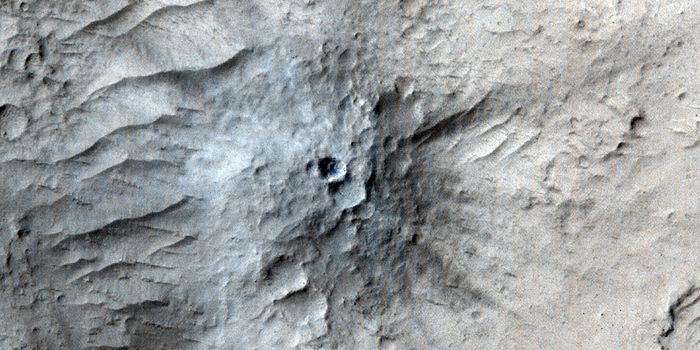'Urban Canyons' within cities prolong sonic booms
Let’s face it, air travel is boring, particularly if it’s a long flight. You’re cramped with a bunch of other people in a tin can for several hours while all you can do is count the seconds until you reach your much-desired destination. The food sucks and the tiny bathroom is even worse. Nothing would be better than to get to your destination sooner, which means the airplanes need to be faster. This briefly became a reality when the Concorde, the first supersonic passenger-carrying commercial airplane, inaugurated the world’s first scheduled supersonic passenger service on January 21, 1976. The Concorde had a maximum cruising speed of 1,354 miles (2,179 km) per hour, or Mach 2.04 (more than twice the speed of sound), allowing the aircraft to reduce the flight time between London and New York to about three hours. Unfortunately, the development costs of the Concorde were so great that they could never be recovered from operations, and the aircraft was never financially profitable, and all Concorde operations ceased in 2003. Along with the costs, sonic booms are a big disadvantage of a supersonic jet, as they aren’t just loud but they can also cause physical damage, breaking glass, cracking plaster, and shaking objects off shelves. While plans are in the works to return supersonic passenger planes to the skies in the coming years, it’s important to study the affects of sonic booms so supersonic passenger travel might become a regular occurrence.
In a recent study published in The Journal of the Acoustical Society of America, researchers conducted simulations comparing how sonic booms reflect differently over a single building, two neighboring buildings, and multiple buildings spaced at regular intervals.
"This paper is the first study to address the propagation of the boom in an urban environment," said co-author Didier Dragna. "The resonance phenomenon in an urban canyon has been shed to light for sonic boom, and its importance has been quantified."
The Federal Aviation Administration currently prohibits commercial aircraft from traveling faster than Mach 1 over land and from a certain distance offshore where a boom can reach U.S. shores. Recent efforts have sought to make low-boom supersonic aircraft, but noise issues due to sonic booms may become more pronounced in cities, where buildings form canyons that distort the booms.
The group performed numerical simulations drawing on equations from the field of fluid dynamics to predict the boom in different urban configurations.
"This approach allows us to precisely account for the reflection of the boom on streets and facades of the buildings," Dragna said. "With these simulations, we were able to determine the ground pressure signals due to sonic boom propagation and reflection over the buildings and deduce noise levels. We can thus predict the noise annoyance felt by the population due to sonic booms."
The researchers found the wider the streets compared to the height of buildings, the less booms are affected by the presence of several buildings.
Narrower streets introduce more complex boom propagation through multiple reflections on building facades. While they don't affect boom loudness, they tend to prolong the pressure signals at ground level in urban canyons through increased resonance between buildings.
Dragna said their research underscores the importance of the shape of cities for the characteristics of sonic booms at ground level. The group aims at investigating the phenomenon further by looking into typical city configurations.
As always, keep doing science & keep looking up!
Sources: Britannica, JSTOR Daily, BBC News, The Journal of the Acoustical Society of America









